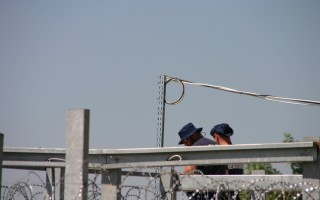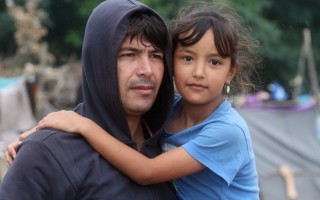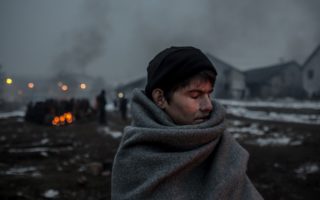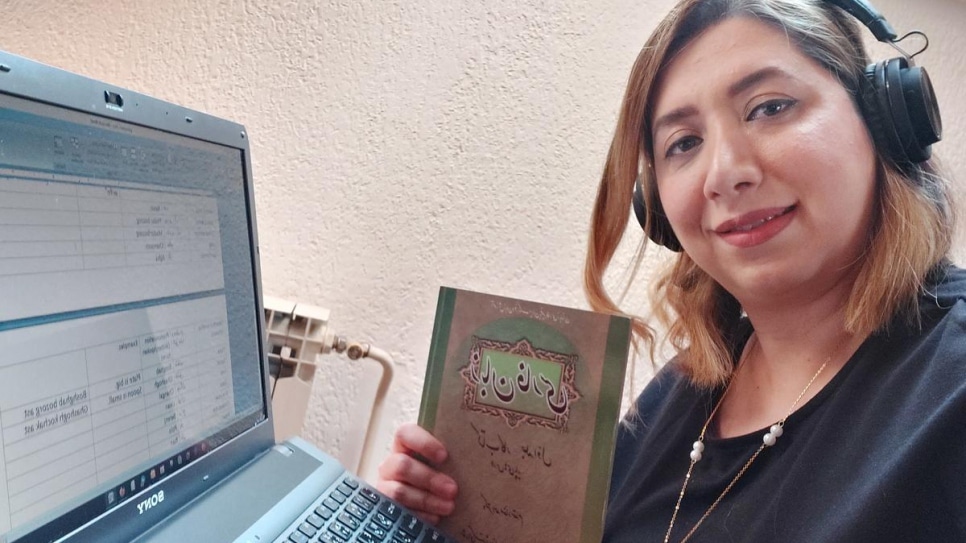
Afsaneh, a refugee from Iran, holds online Farsi classes for students in Serbia where she now lives.
©UNHCR/A.Bergazar
A new project run by a refugee from Iran now in Serbia lets people learn refugee languages by video chat during the COVID-19 pandemic.
Language learning has played a big role in Afsaneh’s life. As an Iranian, she grew up speaking Farsi. As an adult, she became an English teacher, and on arrival in Belgrade as a refugee in 2018 she started learning Serbian.
Now she is putting her language skills to good use: teaching Farsi to people in her new country during the COVID-19 pandemic.
Her classes are part of a initiative that enables refugees in Serbia to start teaching their native languages. The classes have an added benefit.
“I now have two Serbian and one Italian student, and work with them twice a week. We agreed to use English, but we often speak Serbian so I get to practice the language of my new home as well,” she said.
So far, four refugees are teaching interested people in Serbia. The project, while small, is an example of something many refugees bring to their host country: the ability to speak multiple languages.
“Afsaneh has a feel for teaching.”
The language students like it too.
“Afsaneh has a feel for teaching. She invests a lot of love and efforts into preparation of the classes and her lessons are very dynamic and interesting,” said Ivana, a psychologist working at the Belgrade Centre for Social Work.”
Learning Farsi helps to pass time during lockdown, but Ivana said she plans to continue with classes once things return to normal. She also hopes Afsaneh would become sufficiently in demand to supplement her integration assistance.
The project is the brainchild of counsellors at the Psychosocial Innovation Network (PIN), a charity and partner of UNHCR, the UN Refugee Agency.
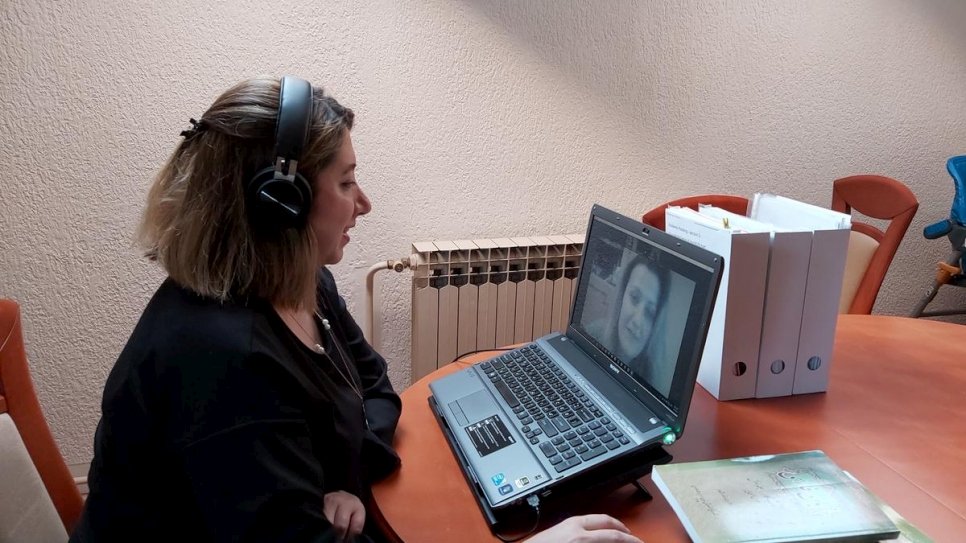
Iranian refugee Afsaneh gives a Farsi language class from her home in Belgrade to Serbian psychologist Ivana. The class is via video call due to the COVID-19 lockdown. © UNHCR/ABergazar
The classes were advertised on social media and 45 people applied in less than a week, said Aleksandra Bobić, a psychologist in charge of this programme at PIN, which matched students with teachers. A trained teacher gave the refugees a crash course, tools and materials before the programme began.
“Our plan is to build on the knowledge of the asylum-seekers and refugees, empowering them to learn new skills… We hope that some of them will consider language teaching as a viable career option in the future,” Bobić said.
- See also: Fact sheet on UNHCR Serbia
Originally published on UNHCR on 21 May 2020



